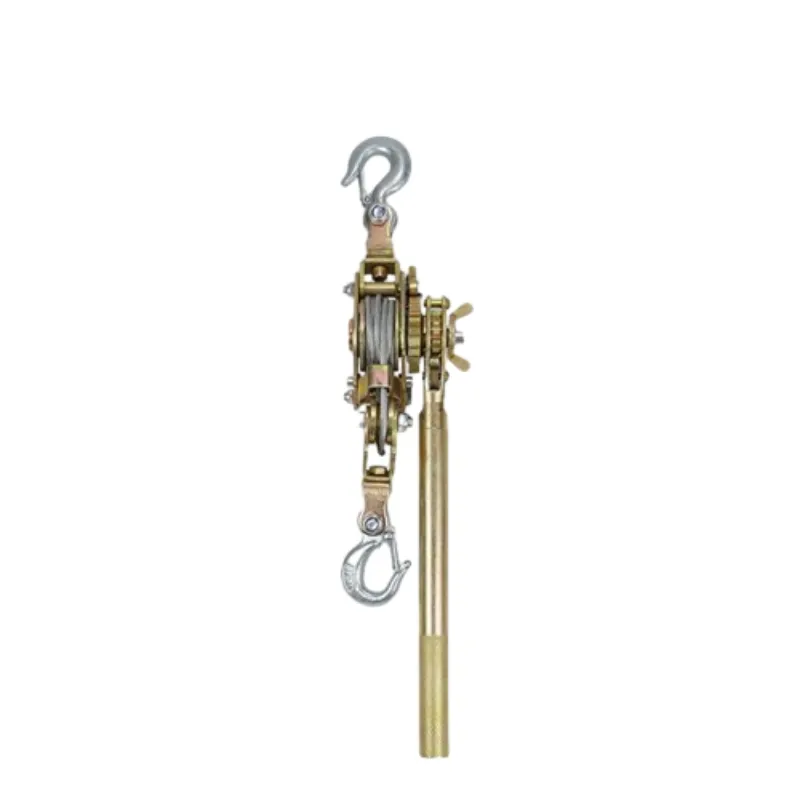
-
 Afrikaans
Afrikaans -
 Albanian
Albanian -
 Amharic
Amharic -
 Arabic
Arabic -
 Armenian
Armenian -
 Azerbaijani
Azerbaijani -
 Basque
Basque -
 Belarusian
Belarusian -
 Bengali
Bengali -
 Bosnian
Bosnian -
 Bulgarian
Bulgarian -
 Catalan
Catalan -
 Cebuano
Cebuano -
 Corsican
Corsican -
 Croatian
Croatian -
 Czech
Czech -
 Danish
Danish -
 Dutch
Dutch -
 English
English -
 Esperanto
Esperanto -
 Estonian
Estonian -
 Finnish
Finnish -
 French
French -
 Frisian
Frisian -
 Galician
Galician -
 Georgian
Georgian -
 German
German -
 Greek
Greek -
 Gujarati
Gujarati -
 Haitian Creole
Haitian Creole -
 hausa
hausa -
 hawaiian
hawaiian -
 Hebrew
Hebrew -
 Hindi
Hindi -
 Miao
Miao -
 Hungarian
Hungarian -
 Icelandic
Icelandic -
 igbo
igbo -
 Indonesian
Indonesian -
 irish
irish -
 Italian
Italian -
 Japanese
Japanese -
 Javanese
Javanese -
 Kannada
Kannada -
 kazakh
kazakh -
 Khmer
Khmer -
 Rwandese
Rwandese -
 Korean
Korean -
 Kurdish
Kurdish -
 Kyrgyz
Kyrgyz -
 Lao
Lao -
 Latin
Latin -
 Latvian
Latvian -
 Lithuanian
Lithuanian -
 Luxembourgish
Luxembourgish -
 Macedonian
Macedonian -
 Malgashi
Malgashi -
 Malay
Malay -
 Malayalam
Malayalam -
 Maltese
Maltese -
 Maori
Maori -
 Marathi
Marathi -
 Mongolian
Mongolian -
 Myanmar
Myanmar -
 Nepali
Nepali -
 Norwegian
Norwegian -
 Norwegian
Norwegian -
 Occitan
Occitan -
 Pashto
Pashto -
 Persian
Persian -
 Polish
Polish -
 Portuguese
Portuguese -
 Punjabi
Punjabi -
 Romanian
Romanian -
 Russian
Russian -
 Samoan
Samoan -
 Scottish Gaelic
Scottish Gaelic -
 Serbian
Serbian -
 Sesotho
Sesotho -
 Shona
Shona -
 Sindhi
Sindhi -
 Sinhala
Sinhala -
 Slovak
Slovak -
 Slovenian
Slovenian -
 Somali
Somali -
 Spanish
Spanish -
 Sundanese
Sundanese -
 Swahili
Swahili -
 Swedish
Swedish -
 Tagalog
Tagalog -
 Tajik
Tajik -
 Tamil
Tamil -
 Tatar
Tatar -
 Telugu
Telugu -
 Thai
Thai -
 Turkish
Turkish -
 Turkmen
Turkmen -
 Ukrainian
Ukrainian -
 Urdu
Urdu -
 Uighur
Uighur -
 Uzbek
Uzbek -
 Vietnamese
Vietnamese -
 Welsh
Welsh -
 Bantu
Bantu -
 Yiddish
Yiddish -
 Yoruba
Yoruba -
 Zulu
Zulu


Oct . 05, 2024 11:16 Back to list
95mm Earth Cable Applications and Specifications for Effective Electrical Grounding
Understanding 95mm² Earth Cable Importance and Applications
In the realm of electrical installations, ensuring safety and compliance is paramount, particularly when it comes to earthing systems. One key component in grounding electrical systems is the earth cable, with the 95mm² earth cable being a popular choice for various applications. This article explores the significance, features, and typical applications of a 95mm² earth cable.
Understanding 95mm² Earth Cable Importance and Applications
One of the notable features of a 95mm² earth cable is its construction. Typically made of copper or aluminum, with a robust outer insulation, this cable is designed to withstand harsh conditions, including exposure to moisture, chemicals, and extreme temperatures. The insulation also plays a critical role in preventing corrosion, which can significantly impact performance and longevity.
95mm earth cable

The applications of a 95mm² earth cable are vast and varied. It is commonly used in industrial settings, where large machinery and equipment operate. In these environments, the risk of electrical faults is heightened, necessitating a reliable grounding system. Many commercial buildings, power plants, and substations also utilize this size of earth cable to ensure the safety and efficiency of their electrical systems.
Additionally, 95mm² earth cables can be employed in renewable energy installations, such as solar farms and wind turbines, where grounding is essential for both performance and safety. As more industries focus on sustainability, the demand for robust earthing solutions has only increased.
In conclusion, the 95mm² earth cable serves as a critical component in ensuring electrical safety across various sectors. Its robust design, significant current-carrying capacity, and wide range of applications make it an essential choice for professionals in the electrical industry. As technology advances and electrical systems become more complex, the importance of reliable earthing solutions like the 95mm² earth cable will continue to grow. Ensuring that we choose the right cable for our specific needs is vital for maintaining safety standards and protecting both people and equipment alike.
Latest news
What Are Construction Tools and How Are They Used?
NewsJul.11,2025
Professional-Grade Duct Rodding Tools for Superior Cable Installation
NewsJul.11,2025
Enhancing Safety and Efficiency with Modern Hot Stick Solutions
NewsJul.11,2025
Empowering Cable Installation with Advanced Rodder Solutions
NewsJul.11,2025
Elevate Your Cable Installation Projects with Cable Pulling Tools
NewsJul.11,2025
Efficient Cable Handling Solutions: Cable Rollers for Sale
NewsJul.11,2025











